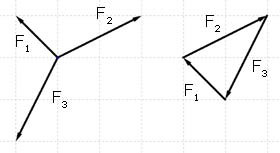- Messages
- 626
- Reaction score
- 3,628
- Points
- 253
I would appreciate it if one od you could help me with these. thank you.
here the ms - http://www.xtremepapers.com/papers/CIE/Cambridge International A and AS Level/Physics (9702)/9702_w10_ms_12.pdf
this myt help u wid q.25



